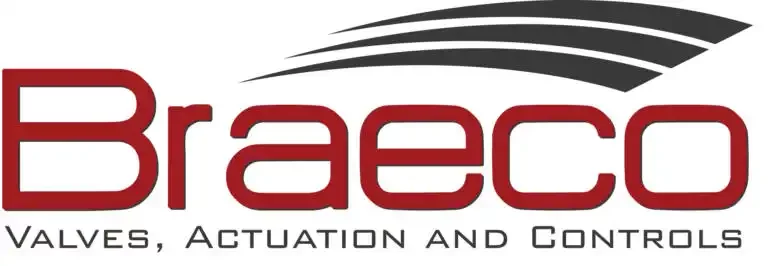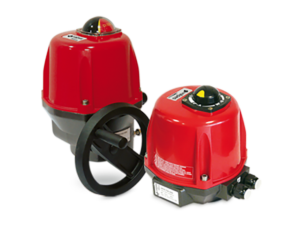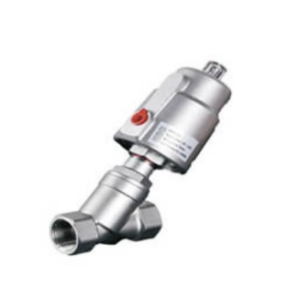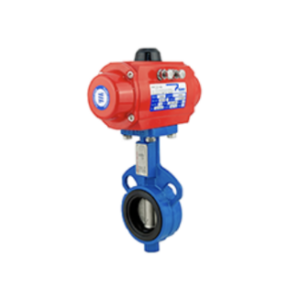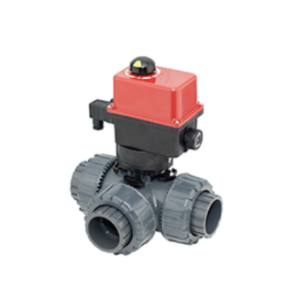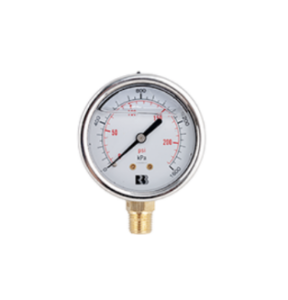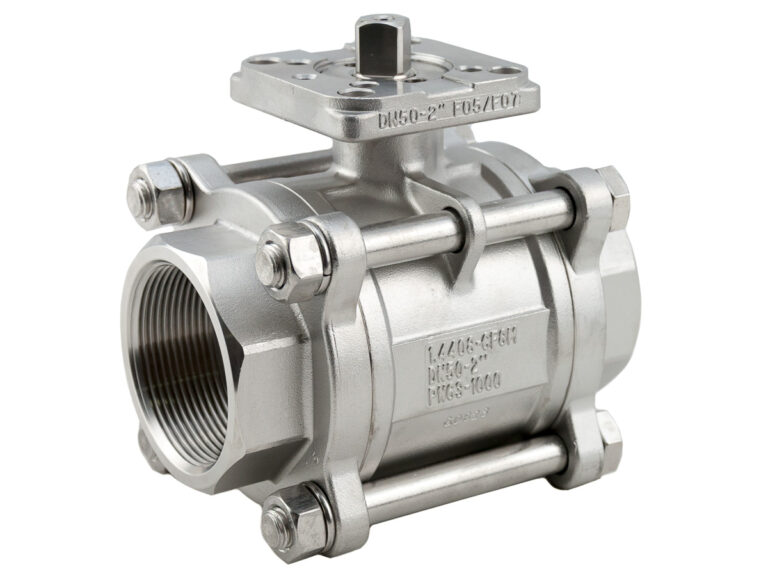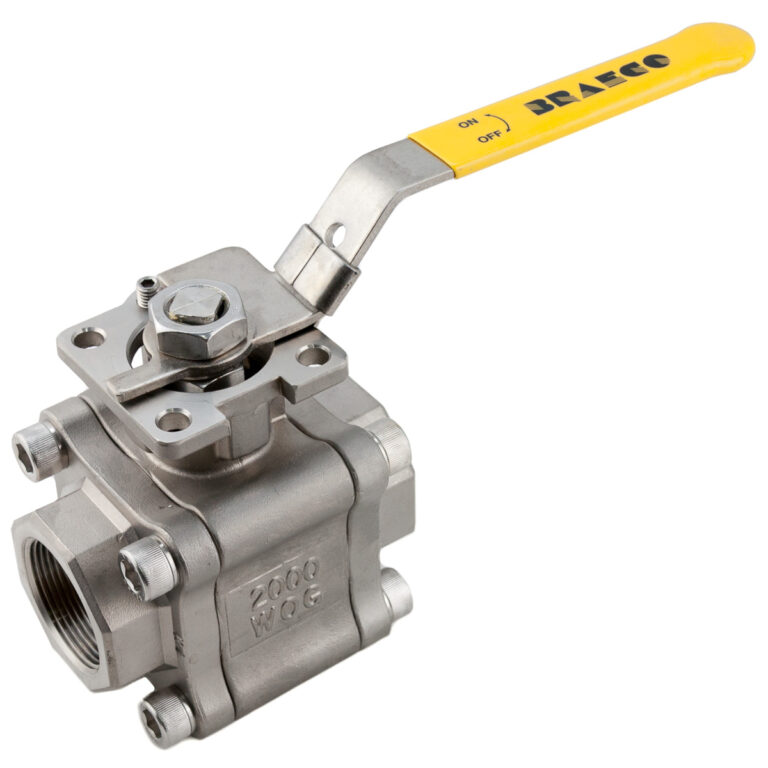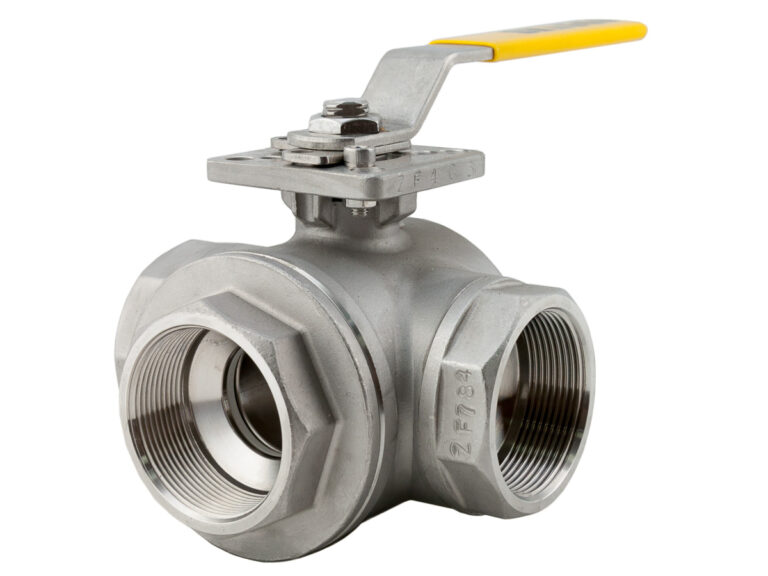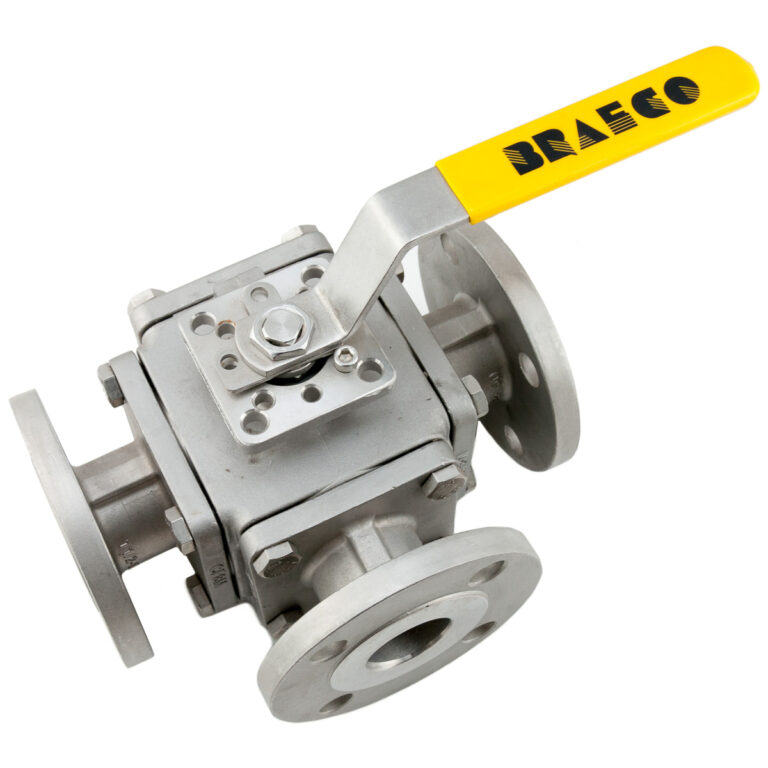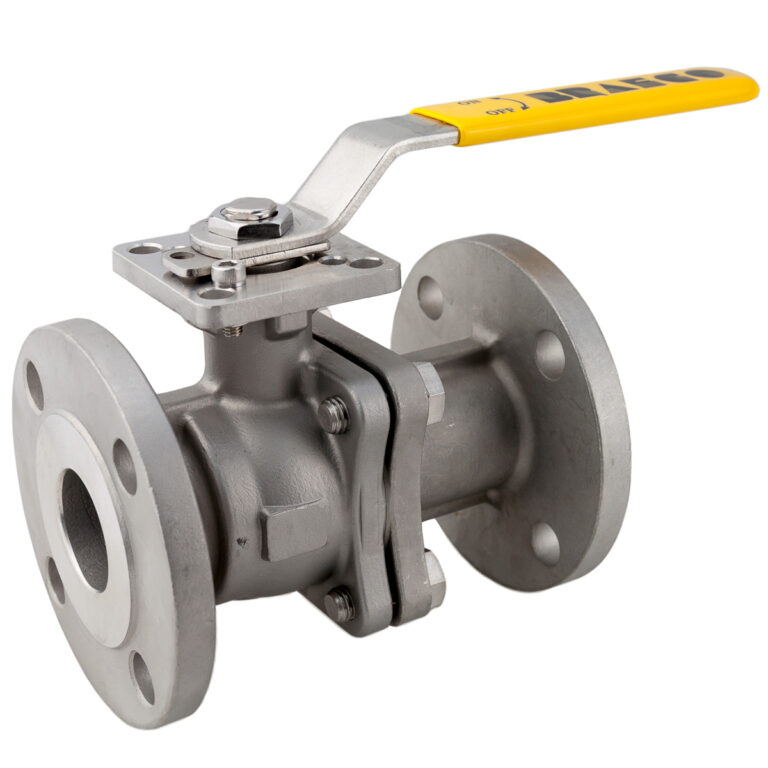A ball valve is a quarter-turn valve that uses a hollow ball as the shut-off mechanism to isolate fluid or gas flow in a pipeline. The spherical ball, located inside the valve, has a central opening area which matches the bore size of the pipe, allowing material to pass through it uninterrupted when the valve is open and stopping flow 100% when the valve is closed.
In a floating ball design, the slotted stem/shaft engagement allows the ball to “float” and uses line pressure to assist with sealing. This lowers the forced fit of the ball against the PTFE or Nylon seats, extending seat life and making it much easier for the operator to open and close it, even at high pressures.
The compact size, simple design and easy installation makes it popular, dependable and durable for various applications. It is commonly used in industrial, commercial and residential settings for line isolation so that maintenance and repairs to downstream piping systems and equipment can be undertaken safely. Various industries use ball valves, including oil and gas, chemical, water treatment, wastewater, pharmaceutical, food and beverage and HVAC.
How Does a Ball Valve Work?
Whether operated manually or by an actuator, a force is applied to the valve’s stem causing a 90°rotation of the ball which either opens or closes the valve.
On/Off (Isolation)
Most ball valves use a full-bore valve which offers bubble tight (Ansi Class VI) shut-off for isolation. It is not suitable for intermediate positions as that can cause premature wear on the ball and the valve seats. The large flow path does not make it suitable for throttling (flow control) and valves with a reduced orifice are better suited.
Intermediate Positions
For flow control/regulation, a specially designed ball is required which could have a 15°/30°/60°/90° V-port or have a custom slotted ball which is designed to produce a particular flow characteristic. These types of ball valves can be used for flow control (regulation) but they will also require for the lever or actuator to be to be stopped and secured at various degrees of opening.
Ball Valve Types
Several types of ball valves are available to meet specific needs and applications. The main types of ball valves include:
Floating Ball Valve
In this design, ball valves aren’t fixed to the stem. Instead, they’re free to move or float within the valve and seal around the ball to ensure proper shut-off when the valve is closed.
Trunnion-Mounted Ball Valve
These ball valves support the ball with trunnions (small shafts) at the top and bottom, providing extra support and stability. They’re well-suited for high-pressure applications.
Top-Entry Ball Valve
For maintenance and repair convenience, top-entry ball valves offer access to the valve’s internals from the top. This design allows in-line maintenance without removing the entire valve from the pipeline.
Side-Entry Ball Valve
In large or high-pressure valves, maintenance and repair are handled from the side in side- entry ball valves.
Full Bore Ball Valve
Featuring a larger ball and bore size, full-bore ball valves reduce flow restriction, making them suitable for applications where larger volumes or lower flow resistance is needed.
Reduced Bore Ball Valve
The original ball valves were designed as regular or reduced port as they were designed to replace gate valves which had a restricted or reduced bore.
V-Port Ball Valve
These ball valves have a V-shaped ball, commonly with either a15°/30°/60°/90° V-notch, allowing for bubble tight shut-off and more precise flow and linear control. They are found in applications where throttling or modulating control is necessary such as for mixing, batch control or for the addition of a heating or cooling medium for temperature control. Where another type of characterized control is required (e.g. equal percentage), special characterized balls are used.
Lockable vs Lockout
Many Ball valves are lockable and can be padlocked in the open or closed positions. For added safety and to prevent unauthorized use during line maintenance, a separate lockout device can be used which secures the lever and is padlocked by the line repairer. This allows maintenance to proceed safely without the risk of line pressurization or machinery being switched on.
Multiport Ball Valve
Offering multiple ports and configurable flow paths, multiport ball valves come in configurations like 3-way and 4-way, offering versatility in fluid distribution.
Cavity Filled Ball Valve
Designed to prevent fluid building in the ball valve’s cavity, cavity filled ball valves reduce the risk of leakage and offers enhanced safety. In hygienic service, cavity filled seats prevents entrapment of fluids in pockets or crevices where there is a potential for bacteria to gather and multiply.
What Are Ball Valves? The Benefits Explained
Ball valves offer many benefits:
Reliable Shut-off
Ball valves provide bubble tight shut-off for fluid or gas flow, minimising the risk of leaks and equipment damage.
Easy to Operate
Ball valves require only a quarter turn to open or close, ensuring simplicity in operation and ease of use.
High Flow Capacity
Ball valves have a large flow path allowing high flow capacity and low-pressure drop, reducing energy costs.
Low Torque Requirements
Well-suited for automation due to their low torque requirements, ball valves can be operated by smaller and less expensive actuators. Their long service life and minimal maintenance leads to improved efficiency and reduced labour costs.
Corrosion-Resistance
Ball valves are made in a vast array of materials, from high quality engineering plastics to special alloys which can be resistant to corrosion and wear, making them suitable for harsh or corrosive environments.
Versatility
Ball valves are available in assorted sizes and materials and are applicable across multiple industries.
Low Maintenance
Although Ball valves have a straightforward design with few moving parts, their long service life and low cost often makes it impractical to repair and replacement is considered a more viable option.
Ball valves are crucial in fluid and gas control systems, offering reliable shut-off, ease of operation, high flow capacity, low torque requirements, corrosion resistance, versatility, and low maintenance. Their diverse types cater to specific needs, making them dependable across industries as efficient isolation valves or cost-effective for flow regulation.
